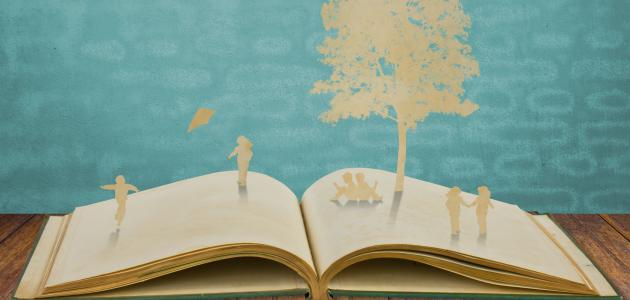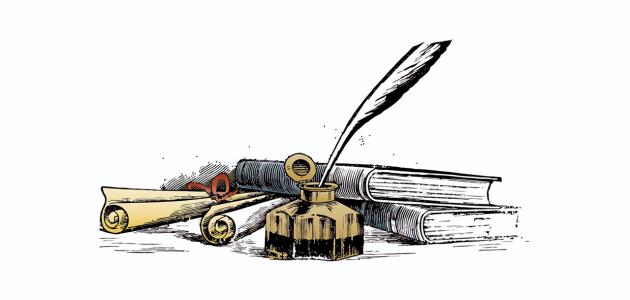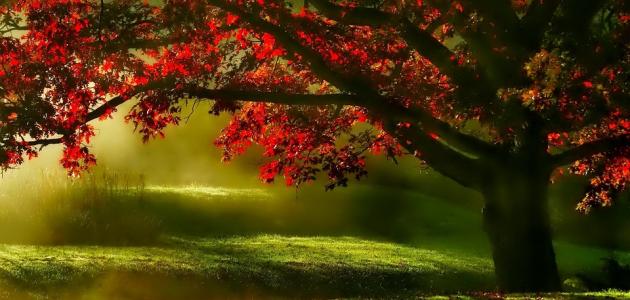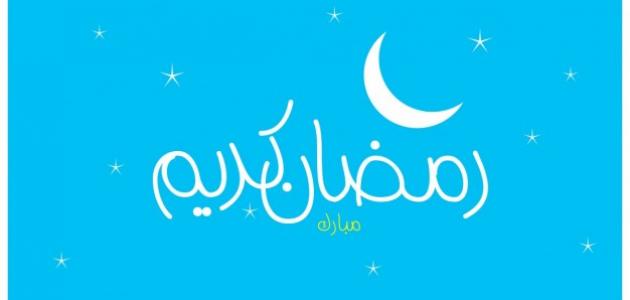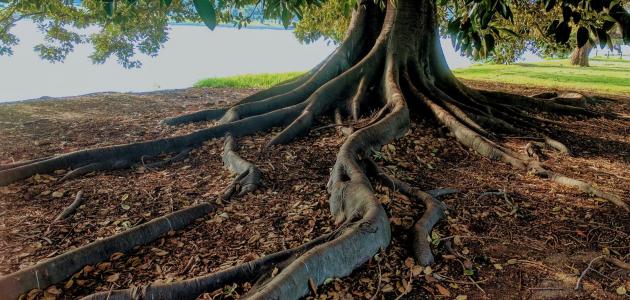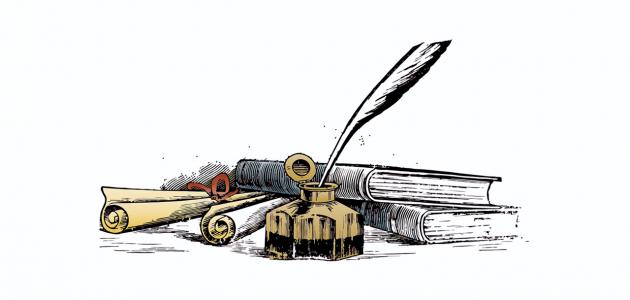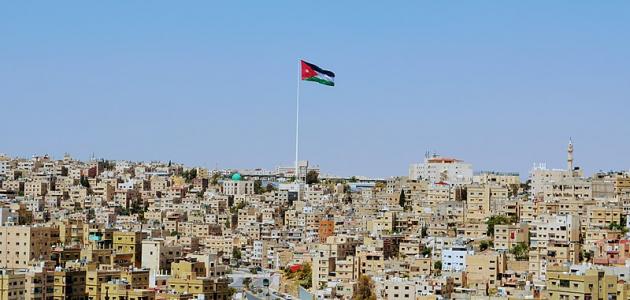Story concept
The story is considered a branch of literature that comes in the form of prose or poetry, expressed in a narration or anecdote style, as it may contain imaginary or real events that carry a specific goal or interest, and its purpose is to entertain the reader, the listener, or Provide guidance, advice, and sermon.
Story elements
the event
An event is defined as the action around which the story revolves, and it consists of a group of partial, organized and interrelated facts. Therefore, the event is considered one of the most important elements of the story. In it, situations develop, situations grow, and characters move. The traditional form of the story is the narration of the event that depends on the plot that is the backbone of the story. Here are the most important characteristics of a good story event:
- The event should be impressive and fully cover the impression of the story.
- To attract the attention of the reader, and enrich the element of suspense in it.
- to be connected, consisting of coherent parts; To create an integrated storyboard.
- It should contain a beginning, a middle, and an end.
the plot
The plot is defined linguistically as tension, documentation, precision, and proficiency. As for idiomatically, it is defined as a description of how events and actions flow and their interdependence, to lead to a conclusion. The plot is based on the collision of whims and feelings, or on external events. Rather, it is the narration of interrelated events with the existence of a causal relationship between the events, and the plot consists of three main elements, as follows:
Read also:How do I become a writer of thoughts?- the beginning: The beginning is the starting point of the story; So that it is an interesting point that attracts the reader's attention, its main task is to introduce the characters, prepare for the upcoming events, and introduce the basic case of the story.
- node: Also called the culmination point, and the crisis of events, this stage is characterized by the intertwining of events and their sequence.
- End: It is called the moment of enlightenment, and the stage of finally revealing the roles of the characters, and it is preferable that there be no sudden ending, and that there be a connection with the events of the story, where the end is convincing, and the end may be open or closed.
Characters
The personality is the most important component of the fictional work, as it is the element in which the narrative works are distinguished, and the personality can be defined as a set of social, moral, temperamental, mental, and physical characteristics that characterize the person, and which appear in his relationship with the rest of the other characters in the story. Personalities are classified into two main categories:
- The main character: She is the central and influential character in the story, and is the focus of the ideas and themes of the story. This character is usually called the hero of the story. So that it grabs the attention of the reader, and it may carry a positive or negative role, or it may be oscillating, and it is either loved or rejected by the reader.
- secondary character: It is the character that helps in the development of the events of the story, and is considered less valuable than the main character. It performs several functions, including helping the hero to show his personality, making some decisions, and helping the reader to know the details of the story.
preparation
Preparation is considered one of the basic elements of the story, and it helps to better understand the course of the story. Preparation can be better understood through the following factors:
Read also:How to write a successful article- the time: The time of the story is determined, whether in the present, past, or future, or specifying a specific year and date, or others.
- Place: This factor includes the location of the events of the story, whether it is in a palace, village, city, countryside, suburb or other.
- the culture: It is the study of the characteristics of characters; In terms of speech and dress, customs, traditions, behaviors and others.
- Story atmosphere: This factor includes determining the general atmosphere prevailing in the story from beginning to end, such as if it is a humorous or tragic atmosphere, or there is some kind of excitement, suspense, or other.
- Weather conditions: The weather condition includes whether it is rainy, sunny, windy, or other weather conditions.
Conflict
Conflict describes the characters' reactions and how they deal with the plot, which is the reason for the escalation of plot events, and adds a kind of excitement and suspense to the story. So that it makes the reader start thinking about the reactions of the characters, and there are two main types of conflict:
- internal conflict: are the conflicts that occur within a person's psyche; Such as overcoming pain, resisting certain desires, making some decisions, and others.
- external conflict: It is the interaction of characters with each other, and the external conflicts that occur between them.
Subject
The topic is an element that clarifies the main message and the overall idea of the story, so that the idea is a point of intersection between the characters, the plot, numbers, and other elements of the story, and it is usually hidden that does not appear clearly in the story, but can be inferred through the events of the story.
Read also:Topic about describing natureStory types
Theme stories
The stories that are set have a historical origin, and the heroes of these stories are considered real characters who originated in the war or in a true love story, and their main events took place in history, but they changed over time, when they were transmitted by tongues in the novel; The narrator used to deal with the story from its source at the same time, and told it to people according to his whim, so in this case he was considered a narrator and an author at the same time, and most of these stories are unknown. Such as the stories of Antarah, Majnoon Laila, Princess That Al-Himma, and the biography of Bani Hilal, and other stories that are written
transmitted stories
The transmitted stories are the stories that were transmitted throughout history, including those that were transmitted literally and with all honesty. Such as the stories of Kalila and Dimna, and some of them were subject to additions, deletions, or any kind of change; Like a thousand and one nights.
New story types
The arts of storytelling, such as the short story and the novel, are among the modern literary genres that the Arabs imported from the Western world.
short story
The short story is considered a modern literary genre whose literary age does not exceed two hundred years. With the beginning of the twentieth century, it became part of Arabic literature, and it became an expression of a new art that talks about the feelings and hopes of simple people. A short story is a brief account of prose. A short story has no specific length, but its word range ranges from 1500 to 30000 words. The distinguishing feature of short stories is that they are meant to be read in one sitting and designed to produce a single effect. Short stories also contain a plot. The story, characters, and events escalate in a short period of time, so it may only contain one setting and a few scenes.
the novel
The novel is defined as a prose story that is characterized by length and complexity, and is considered a creative form for dealing with the human experience, and it consists of a continuous series of events that focus on a group of people in a specific environment, within a broad framework.
The novel is the longest type of prose fiction in modern literature. It is considered a long story that describes characters and events. The number of words in the novel ranges from about 50000 words. The novel does not have to be read in one sitting, as the novel is characterized by its many characters, features, and sub-links. Which makes the content more complex than other literary genres, the novel can also cover a long period of time; Some novels span several generations, unlike the short story. A novel can be divided into chapters and sometimes into volumes. Novels are classified into different genres; Such as novels that talk about the supernatural, thriller novels, fantasy, romance, westerns, and other different genres.
